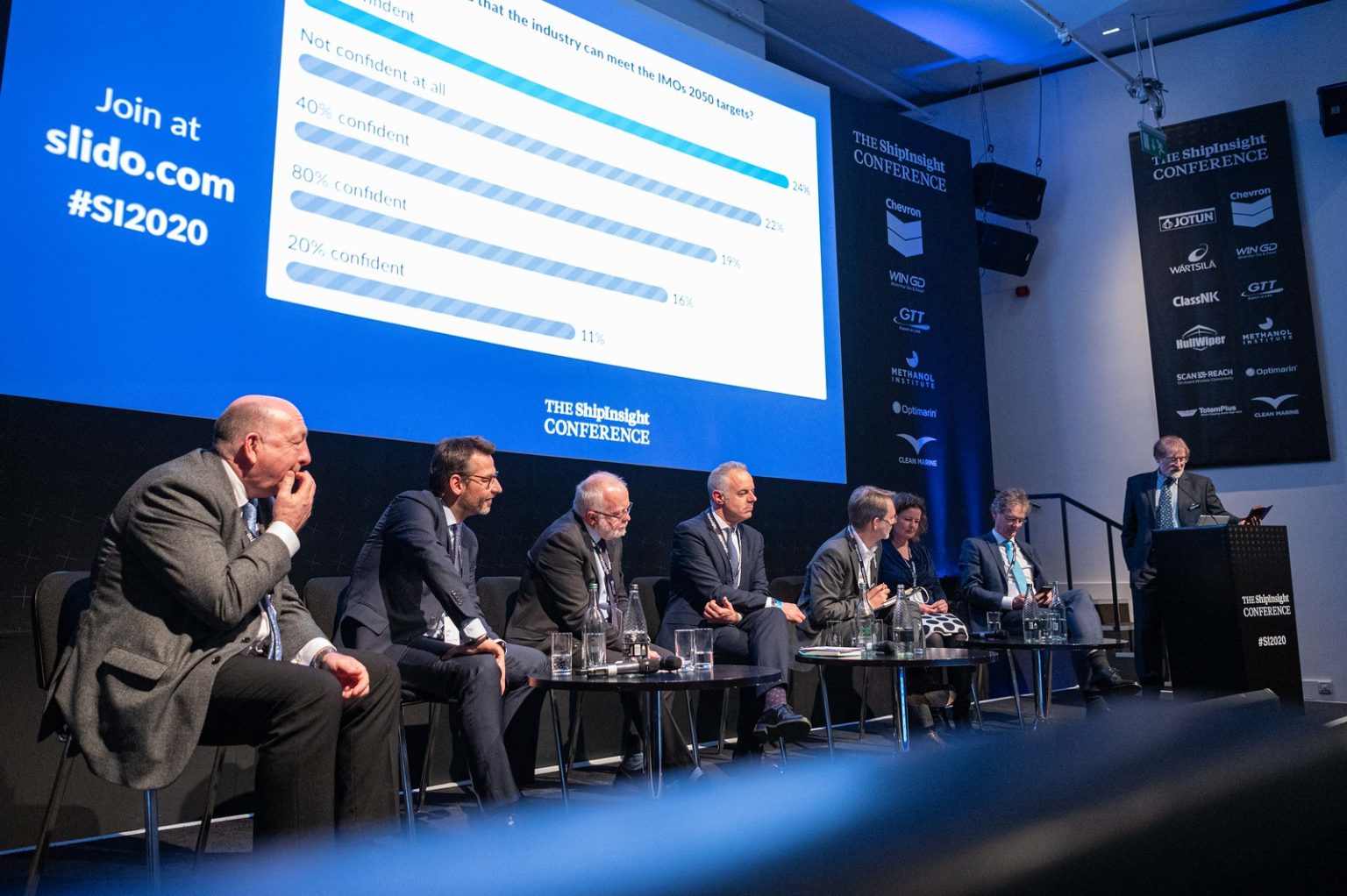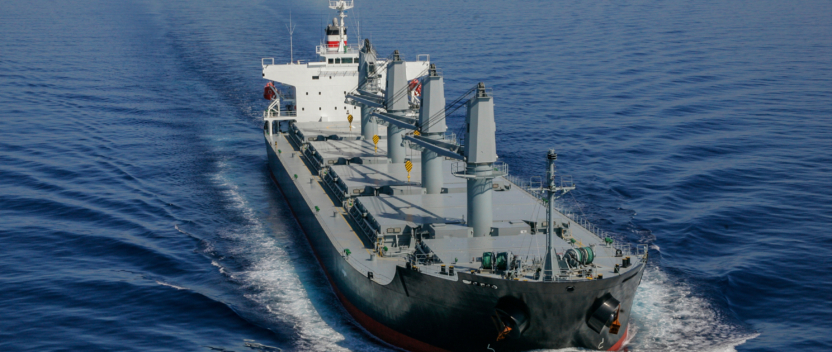Look for clues to countering carbon

The proposal by a group of leading shipping organisations for a $5bn R&D fund to see the development of alternative fuels for shipping suggests that the industry has a handle at least, on the scale of the decarbonisation challenge.
On paper, it looks cheap at $2/tonne on the price of bunker fuel, collected globally and administered by a board overseen by IMO member states. The figure was arrived at through consultation and represents less than the daily fluctuation in bunker prices but does it mesh with the requirement?
The IMO’s goals for carbon intensity and absolute reductions call for a peak in emissions as soon as possible in place of the growth forecast in its third GHG study. It also sits alongside the EU’s pre-existing strategy which will almost certainly outpace the IMO timeline.
A panel dedicated to the subject at the recent ShipInsight conference demonstrated the issues shipping still has to tackle; broadly a move away from efficiency gains and towards the development of low and zero carbon fuels. Between here and though, lies much uncertainty, except that the dates are coming closer.
Carnival Corporation is already heavily invested in both efficiency and compliance, operating 104 cruiseships with a further 21 on order, using all manner of systems to cut fuel costs and lower emissions. It has also fitted its fleet with sulphur scrubbers (so remains burning high sulfur fuel oil) and plans more installations, while being the first cruise operator to build LNG powered ships, with another 10 on order.
VP of Corporate Marine Technology Chris Millman estimates Carnival has 150 R&D projects focussing on existing fleet and newbuilds and reckons to have reduced carbon intensity by 30% in 12 years. “We think we can meet the IMO’s 2030 carbon intensity reduction target but we don’t see a solution for reaching the absolute 50% reduction in 2050 because we are running a growing business, we plan to increase available berths by 40%.”
In addition to the first LNG cruiseships Carnival has installed large battery packs but Millman says it will need new technology get to close to zero. “Our orderbook runs to 2027 so the design process starts now if we have any chance of getting the technology onboard ships. We need a technology mature enough to drop in; LNG was a challenge, anything else will be more of a struggle.”
The Methanol Institute backs the use of Methanol as fuel but rather than advocating a single solution, advisor Peter Hinchliffe advocates for stimulating investment in multiple options so the market can converge on a basket of commercially attractive solutions.
“We have to beware of putting too much effort into marginal efficiency gains; owners like them because they can reduce costs but if we give too much time and energy to them we might miss the opportunity for investment of potential zero carbon fuels like renewable methanol,” he said.
The UK Chamber of Shipping CEO Bob Sanguinetti pointed out that lessons had to be learned from 2020, principally that the industry needs to do better in future because the nature of the 2030 and 2050 challenges are a different world.
“What’s not clear is what we have to achieve nationally and the longer we talk about the semantics, the less time we have to deliver. We won’t achieve it without industry collaboration to an extent we never have before. Government and IMO have a fundamental role to play, but we risk being overtaken by public opinion if we don’t deliver,” he suggested.
For the bunker industry itself, the decarbonisation process means a radical reshaping of what it has always done: selling fewer hydrocarbons and confronting the risk of disruption by new suppliers of alternative fuels. Even so, IBIA Director Unni Einemo expressed some satisfaction with how smoothly the 2020 transition has gone so far. “It’s reassuring because it’s shown the industry can be resilient and innovative and important because we have an untidy future ahead,” she said.
This is particularly relevant in the light of the consensus view that the era of ‘cheap fuel’ is over. If zero carbon methanol, bio-gas hydrogen or ammonia might cost twice the current $500/tonne for VLSO, then the credit that bunker suppliers extend to owners will evaporate. It seems likely that some shipowners and suppliers alike will decide that the stakes are simply too high to continue.
The pertinent question is whether the industry thinks the IMO’s zero carbon strategy can actually be delivered. A straw poll suggested that just 8% of delegates present were 100% confident, while 24% were not confident at all.
Sanguinetti confessed he had hoped for a higher confidence level but added that the change from sail to steam had occurred over 70 years with a clear commercial advantage, “whereas we have 30 years and no commercial advantage. Something has to change, whether that is subsidies, incentives or a carbon tax”.
So what should IMO do to achieve its own target? Hinchliffe accepted the importance of the innovation fund but also pointed out the critical need for the IMO to get the mechanism adopted and persuade member states to agree on how to spend the money. “There probably is a limit to how much money you can spend on R&D, I’d suggest we decide what we want, and try to match the cost per tonne to that target,” he added.
Jasper Faber, Director of CE Delft foresees problems with the IMO process and expect some countries seek to backslide on the headline commitments with more pushback as the decarbonisation push intensifies and higher cost becomes the sticking point.
“It’s important to see the fund as ‘public money’, companies will do additional R&D and it will allay some of the fears of regulators that the technology might not be ready. But it will be a challenge to make enough of any [sustainable] fuel, even if it is the fuel of future. To produce enough of ammonia, hydrogen LNG or methanol from renewable sources requires enormous investment carbon capture or renewable electricity.”
For the moment, the fund suggests a pathway towards a lower emission industry but whether the intended destination is reached remains unknown.


